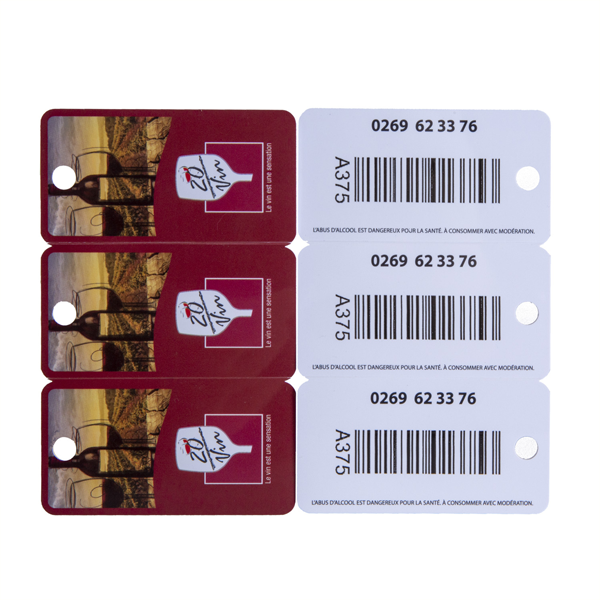The contactless IC card, also known as the induction card, was born in the early 1990s. Because of its incomparable advantages that magnetic cards and contact IC cards do not have, it immediately attracted wide attention as soon as it came out, and was promoted and applied at an alarming rate.
The contactless IC card is composed of an IC chip and an induction antenna, and is completely sealed in a standard PVC card with no exposed parts. The read-write process of the non-contact IC card is usually completed by radio waves between the non-contact IC card and the reader.
The contactless IC card itself is a passive body. When the reader reads and writes the card, the signal emitted by the reader is composed of two parts superimposed. One part is the power signal. After the signal is received by the card, it resonates with its own L/C, generating an instant energy to supply the chip with work. The other part is to combine the data signal and direct the chip to complete the data, modification, storage, etc., and return it to the reader.
Technical characteristics of non-contact IC card
Non-contact IC card technology is the product of the combination of radio frequency identification technology and IC card technology.
From the perspective of radio frequency identification technology, it can be considered that the non-contact IC card is a relatively special radio frequency identification mark (ie transponder). The reading and writing device is a pager. From the perspective of IC card technology, the radio frequency identification product can also be regarded as a special non-contact IC card, and its pager is a read-write device. Therefore, the composition and working principle of the non-contact IC card application system are very similar to the radio frequency identification application system.
Of course, the use of radio frequency identification technology for non-contact IC cards also has special requirements for it to meet the requirements of "cards". From a technical point of view, there are two main points of the radio frequency identification card:
1. Due to the size limitation of the IC card, the transponder on the card cannot have a power system, and it needs to be powered by the pager (reading and writing device) through the wire;
2. Due to the size limitation of the IC card, the antenna of the transponder on the card needs special design, and the card needs to be specially packaged and manufactured.




